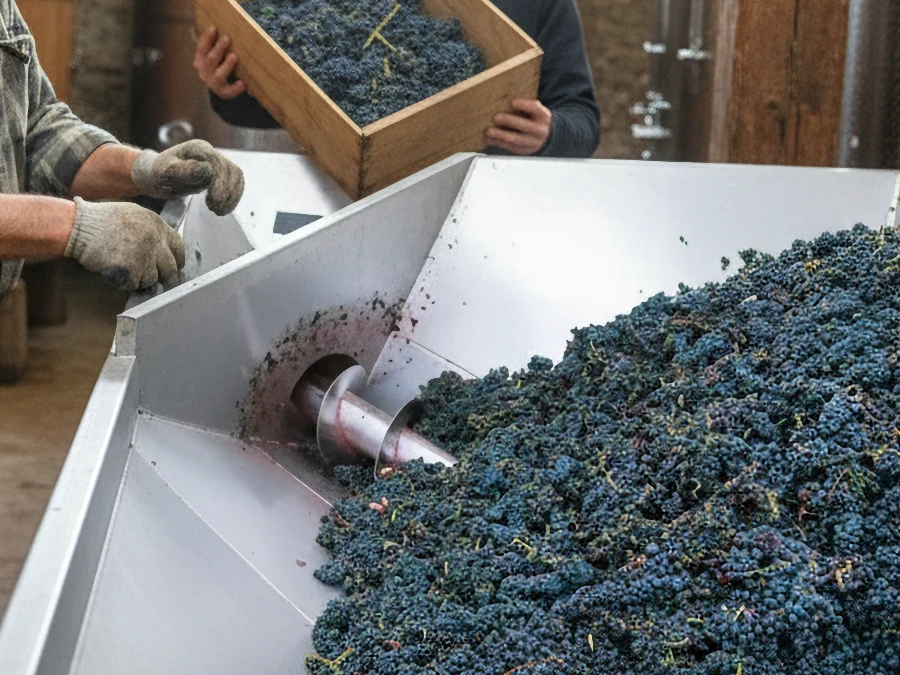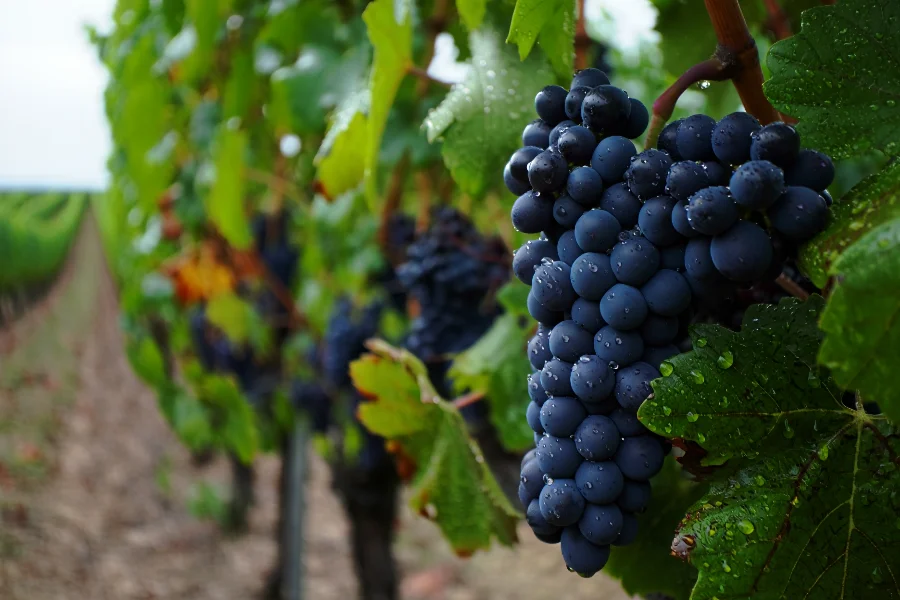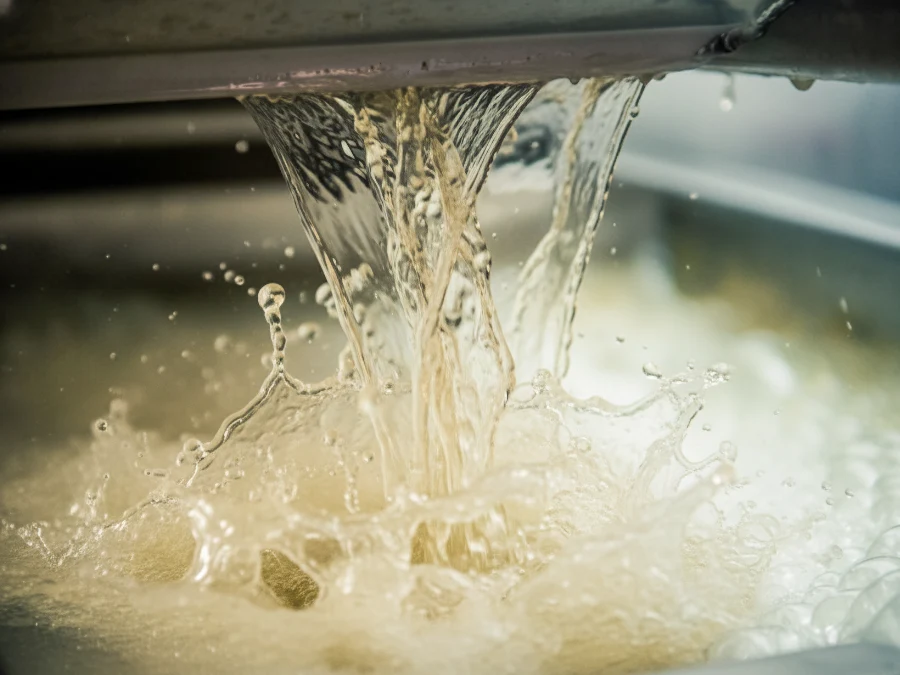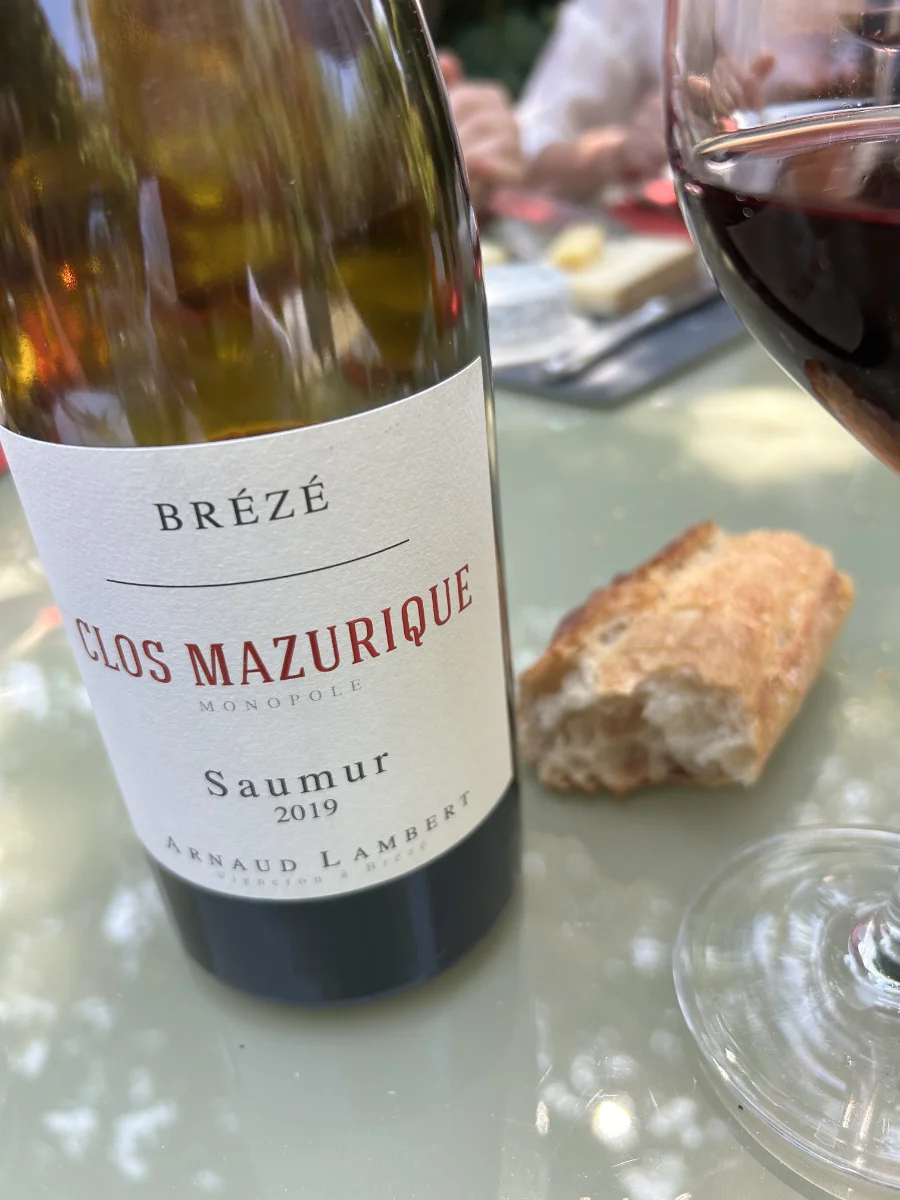The Loire Valley has a certain way of making you feel like you’ve stepped into one of those 19th-century travel sketches—except with better wine and fewer corsets. Setting off from Tours, in search of the perfect match between local wines and their caprine counterparts, I discovered more about goats and grapes than I ever expected. No grievance here. In fact, you could say I was happily rendered chèvre (translate by “driven crazy” in local idioma) by the whole experience.
Let’s rewind to the Middle Ages: in the aftermath of the Battle of Poitiers in 732, Arab influence in the region dwindled—except when it came to goats. These were left behind and, quite naturally, they thrived. Over centuries, towns like Selles-sur-Cher, Sainte-Maure-de-Touraine, and Valençay perfected the art of transforming goat milk into graceful pillars of regional identity.
Now, anyone who’s braved a wine-and-cheese soirée knows the usual suspects: dry white wine, a Saint-Maure de Touraine, nods of approval all round. But here’s the twist—pairings in the Loire aren’t just about taste; they harmonize with landscape, tradition, and time of day. A creamy pyramid of Valençay (yes, the one famously ‘decapitated’ by Napoleon) is no mere vehicle for wine. Served cool, it begs for a refreshing pour of Valençay AOC white, typically a blend where Sauvignon Blanc shows off its crisp citrus while local Chardonnay provides roundness. It’s as polite—and sharp—as a lesson from your favorite French professor.
Cross the river eastward and you arrive near Chavignol. The local Crottin de Chavignol pairs sublimely with a good Sancerre. Here, Sauvignon Blanc takes center stage, its flint notes echoing the terroir. To describe it as “mineral” is accurate but woefully insufficient—try “walking barefoot through a dewy orchard overlooked by Romanesque church spires”. Pair at sunset if possible, preferably from the hilltop village of Sancerre itself, with panoramic views over vineyards that seem to melt into the river.


Of course, one must not overlook the more curious formats. Pouligny-Saint-Pierre, with its distinctive pyramid capped by a blunt tip—as if someone tried to sculpt the Eiffel Tower after two glasses of Quincy—is the intellectual’s cheese. Delicate, floral, and slightly nutty, it craves the lesser-known but equally elegant whites from Reuilly or Menetou-Salon. For the true epicure, opt for a tasting in the quaint village itself where you can tour cheese farms that still follow centuries-old methods. Be warned: Pouligny is not to be confused with Puligny-Montrachet, which, though noble, belongs to Burgundy and a very different conversation.
En route, charming detours abound: From Angers, a one-hour drive east brings you to Château de Montsoreau, perched dramatically over the river, and the nearby troglodytic caves of the Saumur region. These are not only stunning but offer a chance to sample local Saumur Blanc, made from Chenin. With aged chèvres, its perfume of quince blankets the mouth with a comforting warmth perfect for cooler evenings. Avoid the midday tourist crush; opt for a late-afternoon visit followed by an apéro under the willows along the riverbank.
Accessibility matters too. Most of these towns—Chinon, Blois, Amboise—are well connected by train and make for ideal weekend stops. Families will appreciate the goat petting farms around Sainte-Maure, while oenophiles ought to reserve a tasting at the Domaine du Clos Naudin in Vouvray for a Chenin Blanc lesson worth crossing oceans for.
By now, you might be wondering if there’s a holy grail of pairings. If forced to choose, I’d propose this: a Sainte-Maure still in bloom, its blue rush gently pressed through the core, married to a glass of dry Montlouis-sur-Loire. The cheese: fresh, nutty, with just a suggestion of earth. The wine: floral, precise, balanced between lemon and honey. As close to Bach as your nose and tongue will get.
And for those seeking a gem off the tourist track, steer your wheels (or rental e-bike) toward the village of Chédigny, a “village jardin” known for its 1000+ rose bushes. Just 35 minutes from Tours, it offers serenity, floral teas, and, yes, an old-fashioned épicerie with a rare selection of raw milk chèvres, far from the supermarket variety.
In the quiet, grape-scented air of a Loire late afternoon, where goat cheese rests patiently in your baguette and your glass fogs gently with condensation, it’s hard not to feel that this countryside was built around the pleasure of food and drink. Whether you’re a curious traveler or a gourmand philosophique, let intuition guide your pairings—and perhaps a local vigneron, if you ask nicely.
Curious to explore more? Ease into our curated selections or consider a tasting itinerary starting just minutes from Amboise, Tours or Saumur. The Val de Loire awaits, one sip at a time.








![PODCAST [S1E4] – The Well-Kept Secrets of Anjou-Saumur Wines](https://divineloire.fr/en/wp-content/uploads/2025/11/geologie-des-vins-d-anjou-saumur-1.webp)

![PODCAST [S1E3] – Chinon, Vouvray, Bourgueil: The Holy Trinity of Touraine Vineyards](https://divineloire.fr/en/wp-content/uploads/2025/11/vignobles-touraine-chinon-vouvray-bourgueil-1-1.webp)